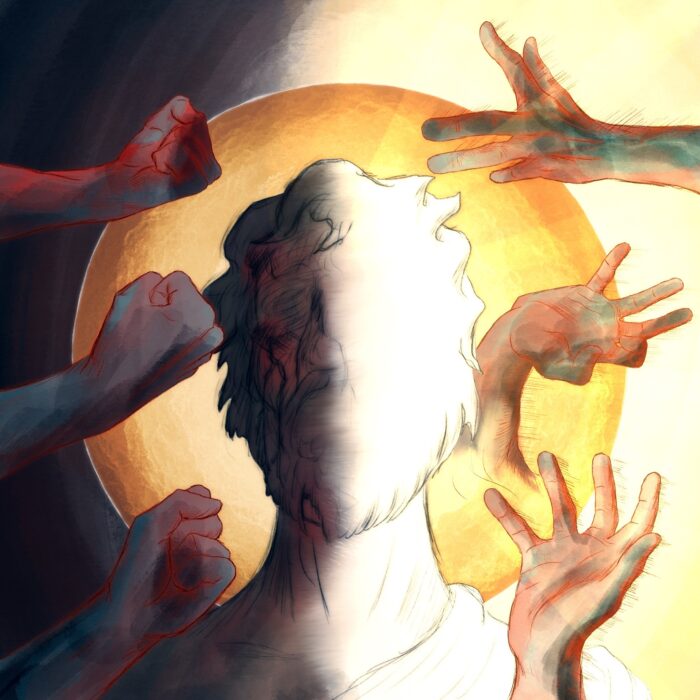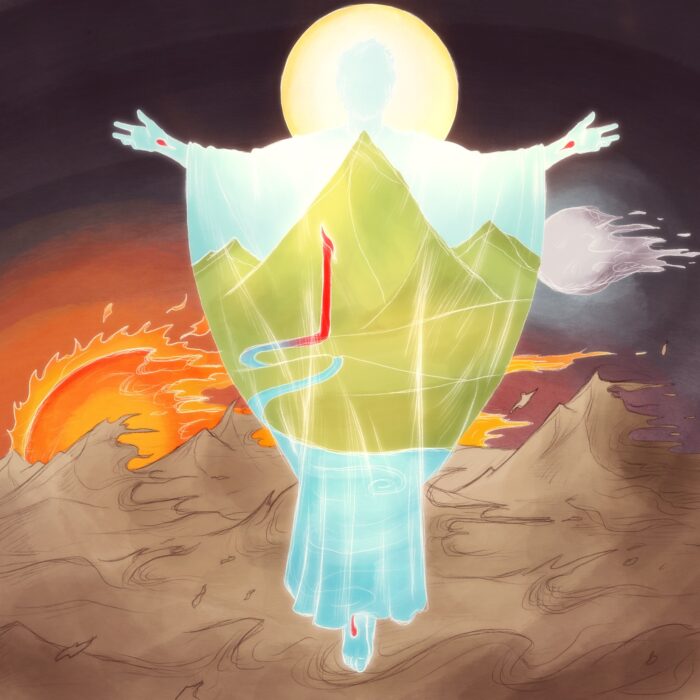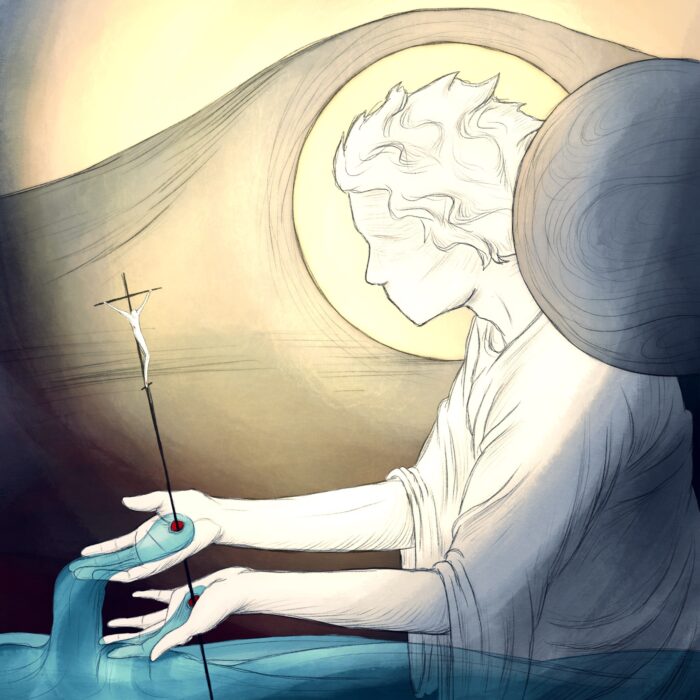Isaiah 40:28, “Have you not known? Have you not heard? The LORD is the everlasting God, the Creator of the ends of the earth. He does not faint or grow weary; his understanding is unsearchable.”
In Isaiah 40, YHWH speaks comfort to His despairing people who, buried in the grave of exile, feel as though their covenant Lord has forgotten them. Into this tomb of despond, YHWH declares the good news of the cosmos-humbling excellence of His identity (v.9-10; v.5). He alone is God (v.18-20, 25), He alone shepherds His people (v.11), He alone created, sustains, and rules the universe (v.12, 21-22, 26), and He alone orders the movements of the nations (15,17,23). Finally, he points his people to the stars, calling them to see in their mind-numbing majesty a reflection of His own presence and power (v.26).
If YHWH is the One who holds the ocean’s in His hands, who orders all things by His understanding, and who calls out the stars by name—then surely He is not thwarted by His people’s exile, and surely He is still able to care for them (v.27). Indeed—in His time—He will raise them from the grave of their exile and bring them into His own unending life (v.28-31).
Ultimately, all that YHWH declares about Himself in Isaiah 40 (which is called the ‘Gospel,’ in v.9) is consummately fulfilled in Jesus Christ, and specifically upon the cross. It is on the cross that YHWH meets His people in the midst of their exile as their Shepherd; it is on the cross that YHWH proclaims Himself to be the One True God before whom every other god is exposed as a dead idol; it is on the cross that the wisdom upon which the world was made is revealed in the fullness of its beauty; it is on the cross that the hands that hold the oceans pour down oceans of grace and the heart that orders the stars is opened as the Spring of living water.
And, finally, it is with the resurrection of this Christ that the words of v.31 are both enabled and proven: Those who wait for YHWH through suffering—supremely Christ, secondarily all those in Him—will, in God’s time, be raised up to new strength.
In today’s image, I’ve purposefully tried to obscure the presence of YHWH as known in Christ. His hands are transparent and his face is hidden in the stars. This is an attempt to communicate the situation of the audience of Isaiah 40. They felt YHWH had forgotten them, they could not ‘see’ Him. But He was ever and always with them, carrying them as a Shepherd for the sake of His name.
NOTE: A second layer of meaning to this ‘obscuration’ of the Lord by the environment is to gesture toward what we read in v.26, namely, that the excellence of YHWH (in Christ) may be perceived in all of nature, for those with eyes to see.
Further emphasizing that the ‘experience’ of God’s people in this text is one of tumult, of brokenness, and of exile, is the shattering of the earth and the tattered garments and grey skin of the saint.
However, the hands of YHWH—in the person of Jesus Christ—are ever present with His own. His hands are pierced through by a Shepherd’s crook and ‘globus cruciger,’ showing that both His care for His people and His reign over the cosmos are anchored in and expositions of His decisive work of death and resurrection. The wound in Christ’s right hand is depicted as the open tomb because, borne in the body of the *risen* Jesus, the wounds of crucifixion become emblems of overcoming and promises of Life beyond suffering. For this reason, the saint—within the anastasiform wound of the Lord—is renewed in life and strength and hope (Is.40:29-31). Because the True God is fundamentally the one we meet in the Gospel (Is.40:9), those who embrace the ‘death’ of waiting on Him will know the ‘resurrection’ of final renewal in Him.




